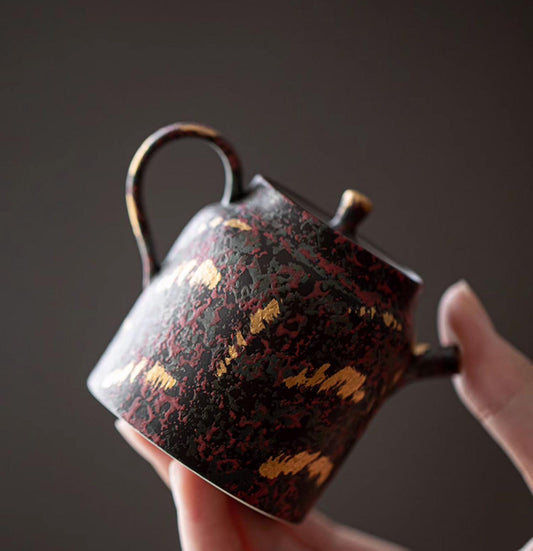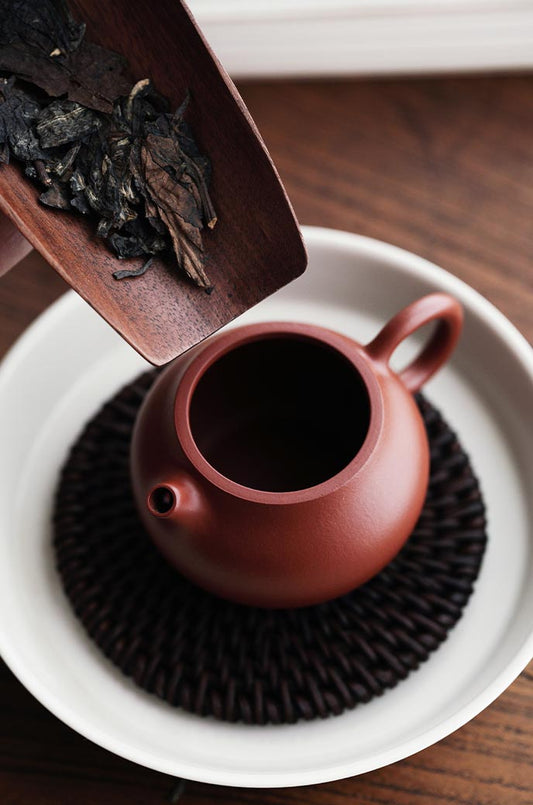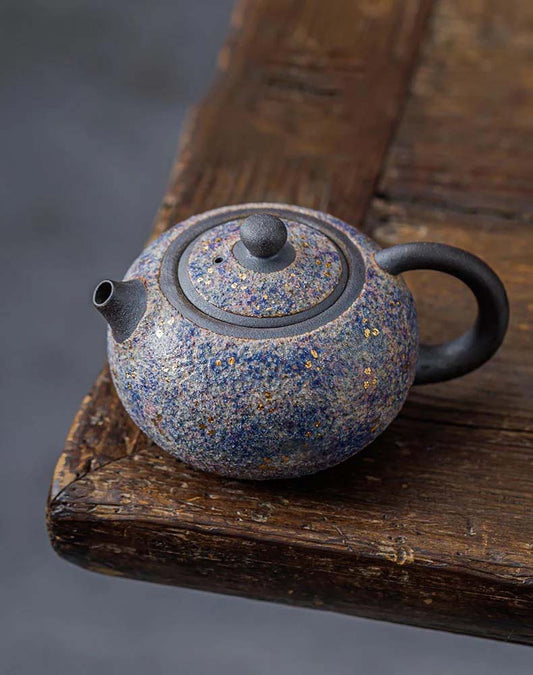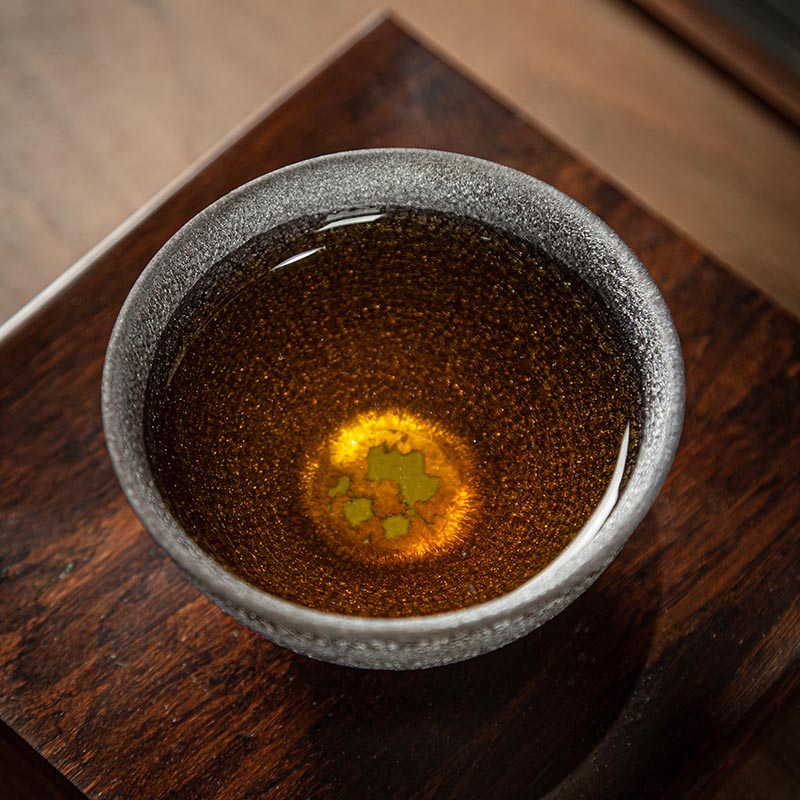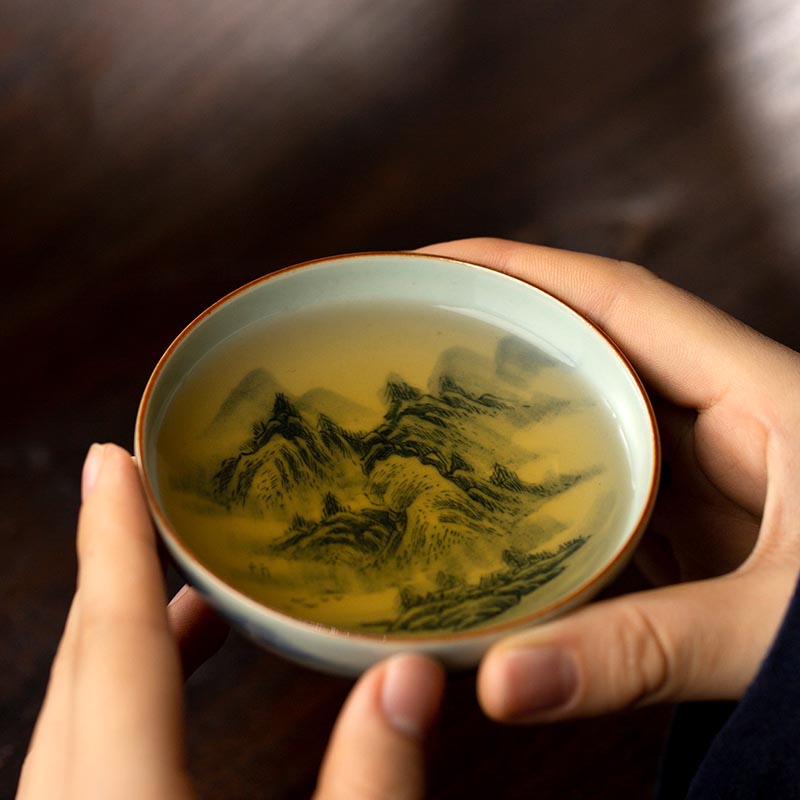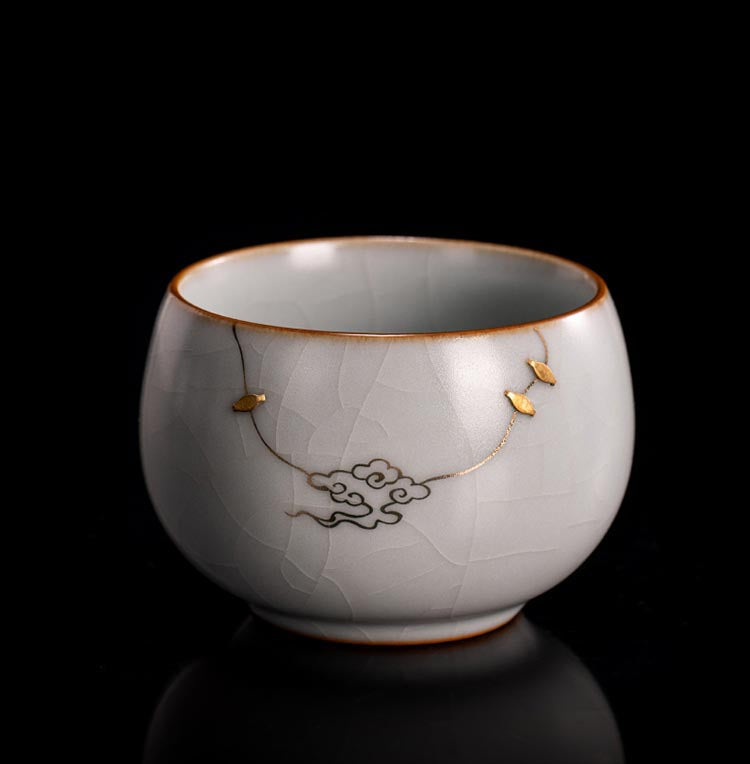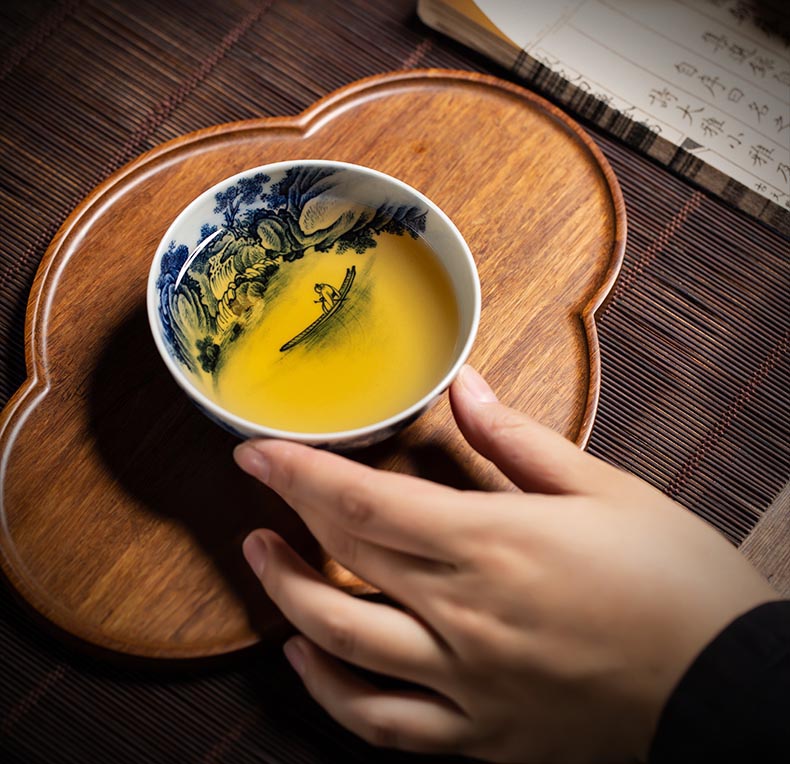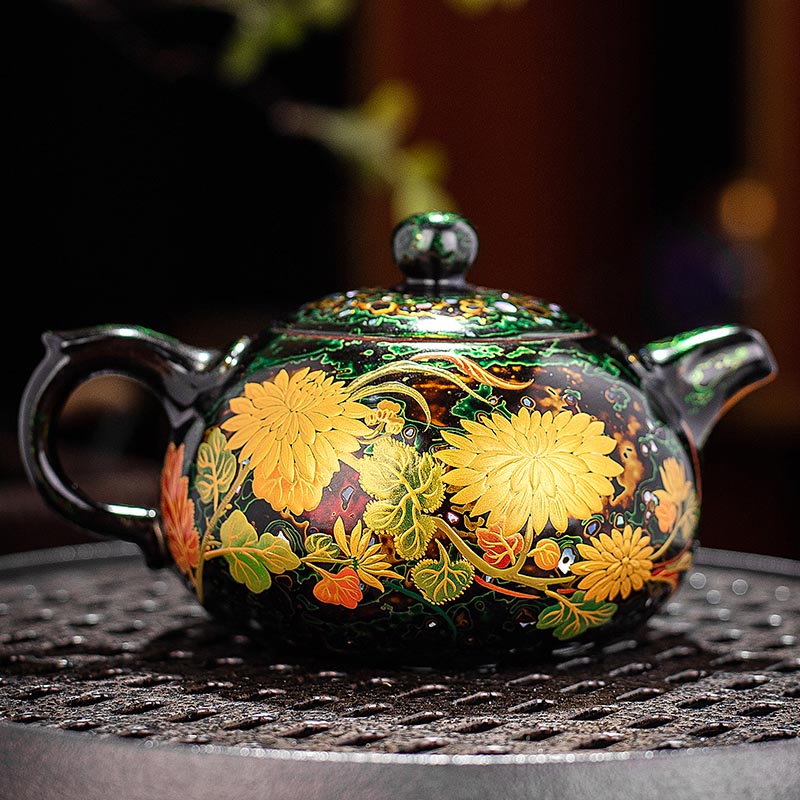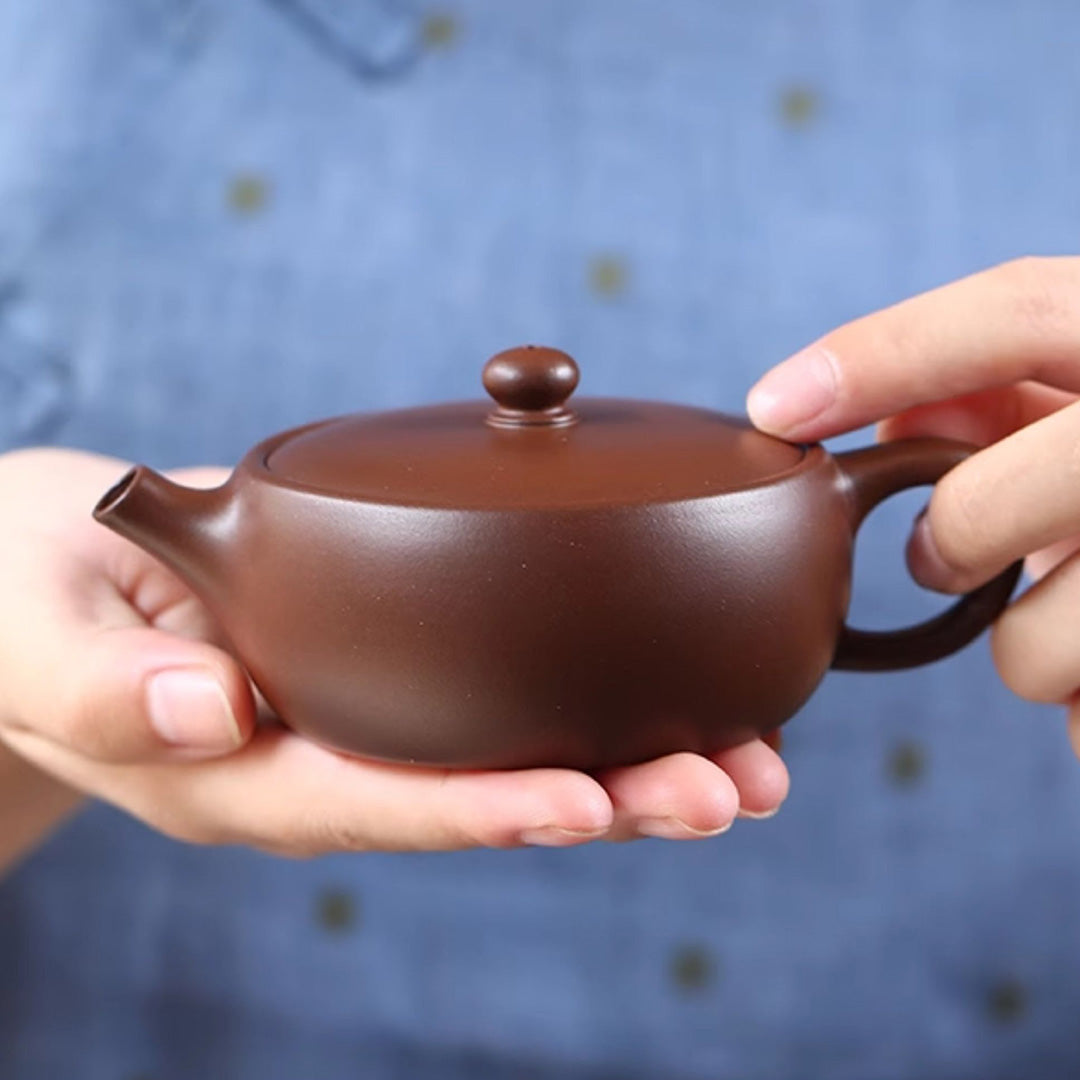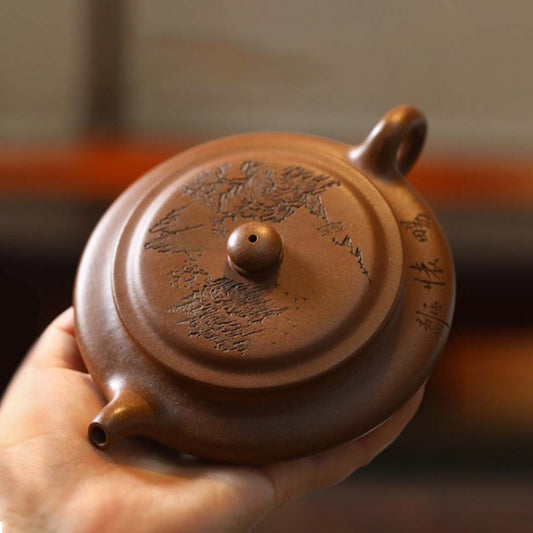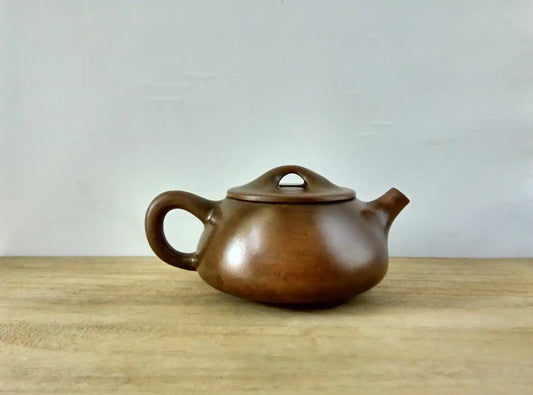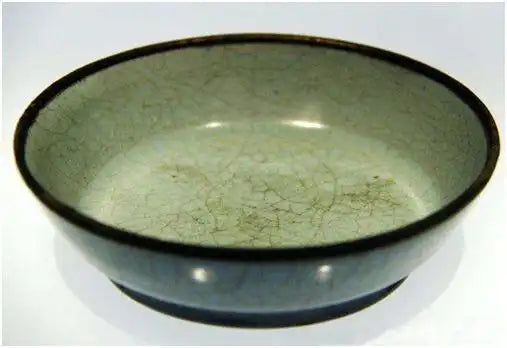Why Do Teapots Whistle
Why Do Teapots Whistle
In the quiet of early morning, as the sun gently nudges the horizon, a familiar sound weaves through the stillness—a teapot’s whistle. For many, it is the herald of a new day, a cue to pause and prepare for the ritual of brewing tea. But why, exactly, does this humble object sing?
The science behind the whistle of a teapot is a delightful intersection of physics and design. When water inside the teapot reaches a boil, it transforms into steam—a process known to physics as a phase change. As the pressure builds, the steam finds an escape, typically through a small spout or vent. The constriction causes the steam to accelerate, creating vibrations in the air. This, my friends, is what we hear as the whistle. It is a gentle reminder that nature and design can harmonize to create something both functional and comforting.
Yet, behind this scientific explanation lies a tapestry of cultural nuances and historical anecdotes. Consider the traditional Yixing teapot from China. Although these clay vessels do not whistle—being used typically for steeping rather than boiling—they embody the artistry and precision found in teapot craftsmanship. Each Yixing pot is meticulously hand-formed from the region's unique zisha clay, its tiny pores allowing the teapot to breathe and interact with the tea, enhancing flavors in ways a whistling kettle never could. In a sense, the silence of a Yixing pot speaks volumes, a quietude that complements the boisterous cheer of a kettle's call.
In Japan, the whistling of a kettle known as a tetsubin can become a meditative experience. During the tea ceremonies, the host might choose to highlight or downplay the sound of boiling water, depending on the desired atmosphere. A gentle whistle might signal a welcoming warmth, an invitation for guests to gather and share in the tranquility of tea. The kettle’s voice becomes part of the ceremony, a reminder of the fleeting nature of sound, steam, and steeping leaves.
The whistle has also found its way into folklore and storytelling. An old English legend tells of a teapot that could whistle melodious tunes, a whimsical touch to what we now understand as a simple acoustic phenomenon. This myth ascribes a bit of personality to an otherwise inanimate object, endearing it to us in ways that transcend its function.
For tea lovers, the whistle serves as a cherished prelude to what comes next: the careful selection of leaves, the soothing dance of boiling water, and the anticipation of that first, soul-reviving sip. Whether your teapot whistles to call forth this daily ritual or remains silent, the heart of each moment lies in the pause it creates—a pause to appreciate the craftsmanship, the culture, and perhaps even the whimsy that accompanies the art of tea.
So the next time your teapot whistles, listen a little closer. It’s not just calling you to your cup, but also inviting you to reflect on the echoes of history, culture, and artistry—all seamlessly intertwined in that simple, singular sound.


